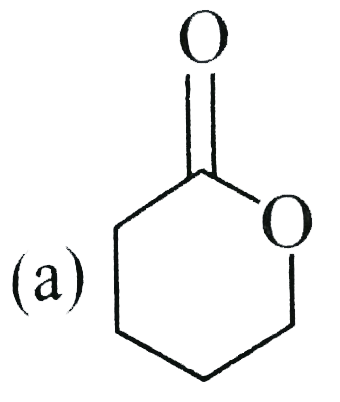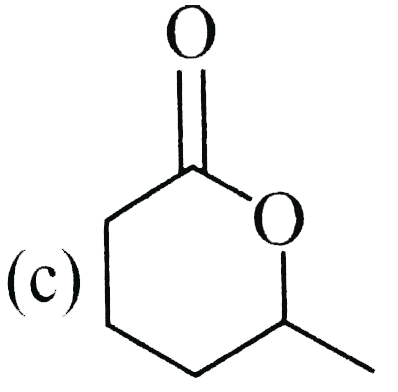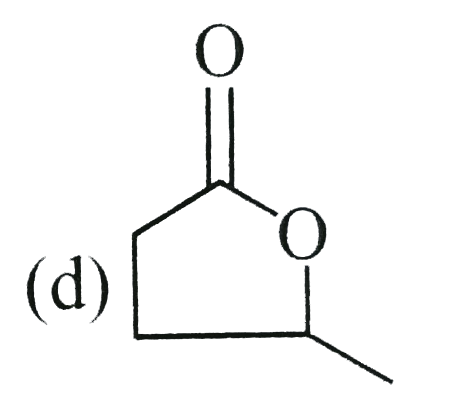Which of the following is not a disproportionation reaction?
I. NH4NO3Δ−−→N2O+H2O
II. P4Δ−−→PH3+HPO−2
III. PCl5Δ−−→PCl3+Cl2
IV H2O2→O2+2e−
I, II
I,III,IV
II, IV
I, III
The correct Answer is:B
b) Reaction II is disproportionation, while I, III and IV are not.
Topper's Solved these Questions
- REDOX REACTIONSBook:DISHA PUBLICATIONChapter:REDOX REACTIONSExercise:EXERCISE-2 : CONCEPT APPLICATOR
Explore 30 Videos
- REDOX REACTIONSBook:DISHA PUBLICATIONChapter:REDOX REACTIONSExercise:EXERCISE-2 : CONCEPT APPLICATOR
Explore 30 Videos
- POLYMERS Book:DISHA PUBLICATIONChapter:POLYMERS Exercise:EXERCISE -2 : CONCEPT APPLICATOR
Explore 30 Videos
- SOLUTIONS Book:DISHA PUBLICATIONChapter:SOLUTIONS Exercise:Exercise
Explore 116 Videos
Similar Questions
Which of the following is not a disproprotionation reaction?
I. NH4NO3Δ−−→N2O+H2O
II. P4Δ−−→PH3+HPOө2
III. PCl5Δ−−→PCl3+Cl2
IV. IOө3+Iө→I2
View SolutionOut of the following redox reactions
I. NH4NO3Δ−−→N2O+2H2O
II. NH4NO2Δ−−→N2+2H2O
III. PCl5Δ−−→PCl3+Cl2
disproportionation is not shown in
View Solution
Knowledge Check
Which of the following is not a disproprotionation reaction?
I. NH4NO3Δ−−→N2O+H2O
II. P4Δ−−→PH3+HPOө2
III. PCl5Δ−−→PCl3+Cl2
IV. IOө3+Iө→I2AI,IIBI,III,IVCII,IVDI,IIIOut of the following redox reactions
I. NH4NO3Δ−−→N2O+2H2O
II. NH4NO2Δ−−→N2+2H2O
III. PCl5Δ−−→PCl3+Cl2
disproportionation is not shown inAI and IIBII and IIICI and IIIDI, II and III
NaBH4−−−−→(i)H2O+−−−−−−−→Δ A, A is .A .B
.B .C
.C .D
.D .
.
NH4NO3Δ−−→X+H2O,
NH4NO2Δ−−→Y+H2O then X =______ and Y =_______
View SolutionIn how many of the following reactions N2 gas may be released
(a)NH4NO2Δ−−→(b)(NH4)2Cr2O7Δ−−→(c)NH2CONH2+HNO2Δ−−→(d)NH2CONH2+NaOBr→(e)NH3+Cl2(LR)→(f)NH3+Br2(LR)→(g)NH3+NaOCl→(h)NH3+CaOCl2→(i)Ba(N3)2Δ−−→
View SolutionIn how many of the following reactions N2 gas may be released
(a)NH4NO2Δ−−→(b)(NH4)2Cr2O7Δ−−→(c)NH2CONH2+HNO2Δ−−→(d)NH2CONH2+NaOBr→(e)NH3+Cl2(LR)→(f)NH3+Br2(LR)→(g)NH3+NaOCl→(h)NH3+CaOCl2→(i)Ba(N3)2Δ−−→
View SolutionThe product D of the reaction CH3ClKCN−−→(A)H2O−−→(B)NH3−−→(C)Δ−−→(D) is
View SolutionThe product D of the reaction CH3ClKCN−−→(A)H2O−−→(B)NH3−−→(C)Δ−−→(D) is
View Solution
